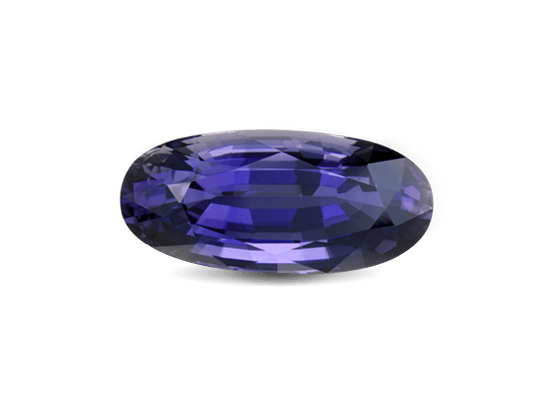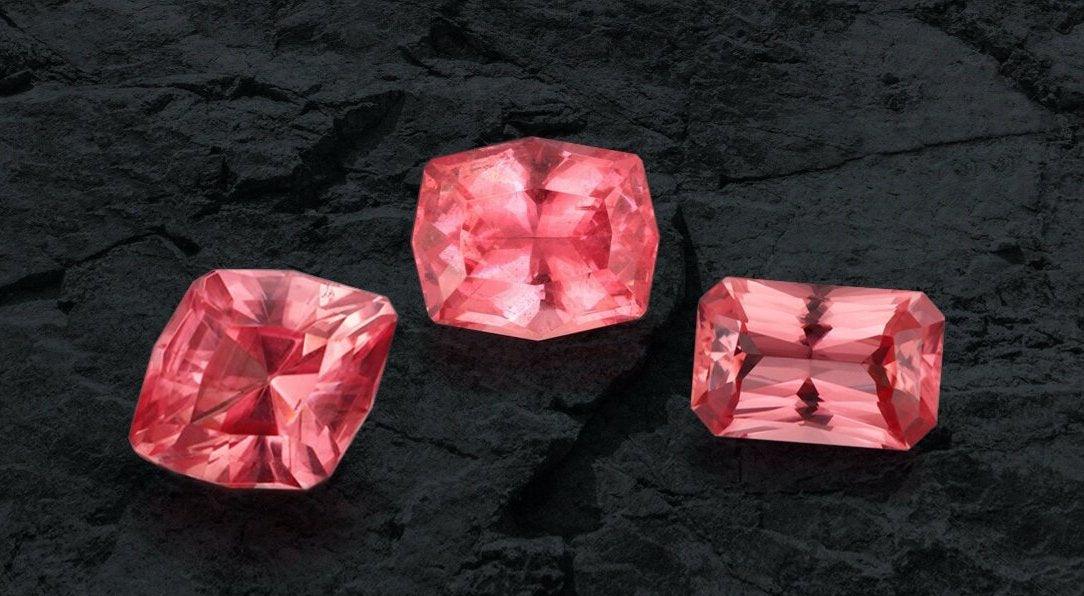
Magical Iolite: A Gem with Shifting Colors and Mythical Meanings
When it comes to gemstones, few are as unique and enchanting as iolite. With its ever-changing hues of blue, purple and grey, iolite has long been admired for its beauty and versatility. But what makes this gemstone so special, and why should you consider adding it to your collection?
First and foremost, iolite is known for its remarkable optical properties. Thanks to its pleochroic nature, iolite displays different colors when viewed from different angles. This means that a single stone can appear blue purple, or even yellowish-brown depending on how it’s cut and set. This characteristic sets iolite apart from other gems and makes it a popular choice for jewelry designers looking to create pieces that are both striking and unique.
In addition to its stunning visual qualities, iolite is also valued for its durability. With a hardness rating of 7–7.5 on the Mohs scale, iolite is well-suited for daily wear and can withstand the rigors of everyday life. And because it’s relatively abundant and easy to mine, iolite is also an affordable alternative to more expensive gemstones like sapphire and tanzanite.
So, where does iolite come from, and how is it formed? Scientifically speaking, iolite is a magnesium iron aluminum cyclosilicate mineral with the chemical formula Mg2Al4Si5O18. It’s typically found in metamorphic rocks such as gneiss and schist, and is formed when high temperatures and pressures cause the minerals in these rocks to recrystallize. In terms of location, iolite deposits can be found all over the world, including in Norway, India, Madagascar and the United States.
Despite its relatively recent discovery (compared to other gems), iolite has a rich history and plenty of folklore and legends associated with it. In ancient times, iolite was thought to have the power to aid in spiritual journeys and connect the wearer with the divine. It was also believed to help with problem-solving and decision-making, making it a popular stone among rulers and decision-makers throughout history. In some cultures, iolite was even used as a talisman to ward off evil spirits and protect against harm.
As for famous iolite stones and jewelry, one standout example is the 6.54-carat iolite ring worn by Kate Middleton on her tour of Canada in 2011. This stunning piece was designed by Canadian jewelry designer Cathy Waterman and featured a large, oval-shaped iolite stone set in an intricately detailed band.
In terms of price and availability, iolite is relatively affordable and can be found in a variety of shapes and sizes. The typical carat weight for iolite is between 1 and 5 carats, with larger stones being more rare and expensive. Prices can range from around $10–$20 per carat for smaller stones to upwards of $100 per carat for larger, high-quality stones.
If you’re interested in adding iolite to your jewelry collection, there are a variety of shapes and cuts to choose from. Some popular options include oval, cushion and emerald cuts, as well as more unique shapes like pear and marquise. And because iolite is relatively abundant, you should be able to find it at most reputable jewelers and gemstone retailers.
In conclusion, iolite is a gemstone that truly has it all—stunning color and optical properties, durability and affordability, and a rich history and mythology. Whether you’re looking for a piece of jewelry that’s unique and eye-catching, or simply appreciate the beauty of natural gemstones, iolite is a fantastic choice. With its shifting hues and enchanting properties, it’s no wonder this gemstone has captured the hearts of gem enthusiasts and jewelry designers alike. So why not add a touch of iolite to your jewelry collection today and experience its magic for yourself?
Photo of iolite courtesy of the Gemological Institute of America

